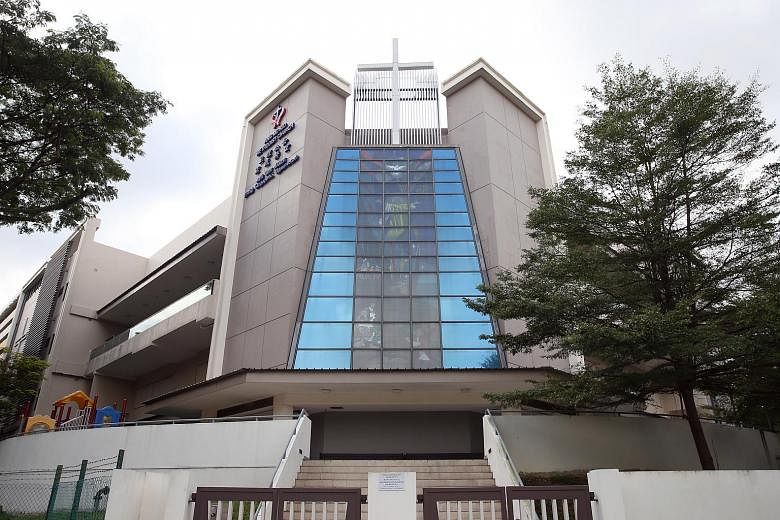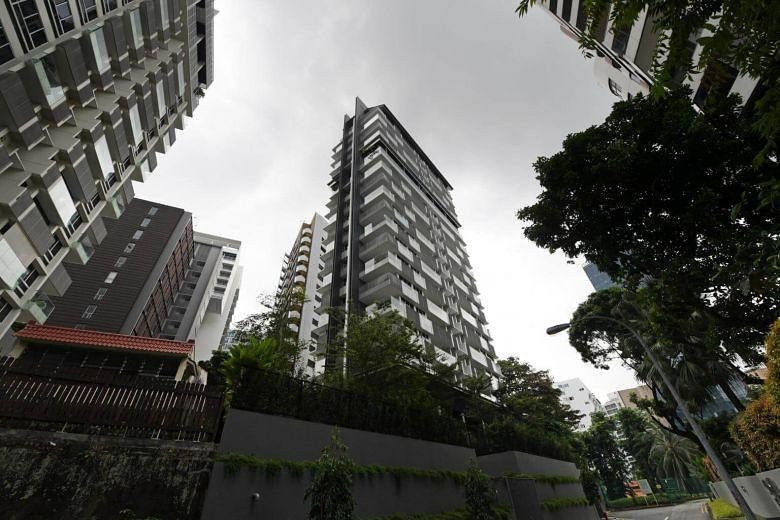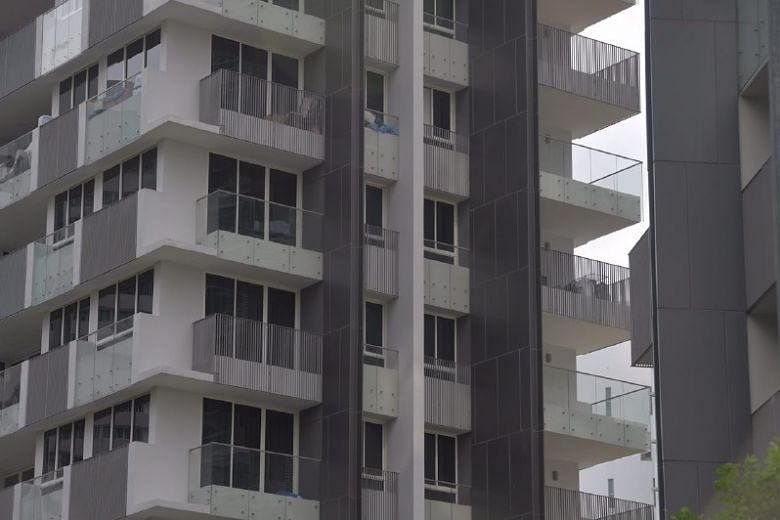The sole Singapore distributor of the cladding material found in 41 affected buildings here had mixed together two different models at its warehouse, the Singapore Civil Defence Force (SCDF) said.
The two Alubond models sold by Chip Soon Aluminium, FRB1 and FRB2, carry different fire ratings.
FRB1 is given a Class 0 rating, which means fire will not spread along its surface when ignited. Under the Fire Code, only Class 0 panels can be used as external cladding. Meanwhile, FRB2 carries the Class 1 rating, which is less flame-retardant and is approved for use on roofs and interiors.
But the firm placed both models together in one stock in its Bendemeer Road warehouse.
These panels were later supplied to 41 buildings to be used as cladding. In May, one of them, 30, Toh Guan Road, an industrial building, caught fire. One woman died.
Tests showed that the external walls in these buildings contain a mixture of Alubond models FRB1 and FRB2, said SCDF.
Even stocks of the Class 0 model FRB1 were also not uniformly of the required standard. Some panels did not comply with the requirement to prevent surface spread of fire.
"Investigations are continuing as to how this came about," said SCDF in its statement.
Safety and building experts told The Straits Times they were shocked at the degree of non-compliance, especially since Singapore has a system of checks involving multiple stakeholders in the construction process.
For these materials to be used here, they must first be given the green light by an accredited certification laboratory, which will test batch samples of the product, said principal architect of TBL Architects, Mr Tan Beng Leong.
The supplier or distributor has to obtain a certificate of conformity (COC) stating if it is Class 0 or otherwise. The COC will be submitted to the architect of the project.
Once the architect approves the building plans and the cladding arrives at the site, the clerks of work, namely the resident engineers and technical officers, will check that the materials are correct.
Said Mr Tan: "These fire-rated materials will typically be stamped with serial numbers which would indicate which COC it holds. After installation, those who installed the panels - typically a contractor - will have to issue another declaration of compliance, ensuring that the COC documents match the panel numbers."
It is not over yet, as the architect or developer has to hire a third-party registered inspector to check the numbers once more.
SCDF will also send its own inspectors to the work site to do their own checks, before granting first a temporary fire permit, and later on, a fire safety certificate.
With such layers of checks in place, there are puzzling questions about what exactly happened, said Mr Tan.
The SCDF has said that in the light of what has happened, it will review the fire safety regulations and processes for certification relating to the use of composite panels on buildings.
One possibility is to make on-site testing mandatory as in the United States.
Also known as bench testing, it involves building a small model using the materials and setting it on fire to see how fast the flames spread.
It is not mandatory here for cladding as it is assumed the product, made off-site in a factory, meets the requirements.
But while it is possible that bench testing could have prevented a mix-up, it is neither feasible nor foolproof, said Mr Seet Choh San, chairman of the Singapore Standards Technical Committee for Workplace Safety and Health.
"It is not possible to test every single panel as they will be destroyed in the process of testing, so a sample has to be taken, which might not be accurate too," said Mr Seet.
He cautioned against blaming the existing system of checks as this incident concerns one distributor only, even though there are a large number of buildings affected.
Said Mr Seet: "What is more important right now is to solve the problem at the source. If the source is bad, of course wherever their supply ends up will turn up bad. From what I see right now, it is not systemic."
However, consultant engineer Lee Seong Wee said it remains to be seen if there are other brands of aluminium composite cladding which may turn up problems when scrutinised.
He said: "If one supplier decides not to play ball and something goes wrong, what is stopping others from doing the same? There must be something that shifts some responsibility of ensuring compliance back to the authorities."

WATCH THE VIDEO
"All buildings safe for occupancy": SCDF. str.sg/4rKf










